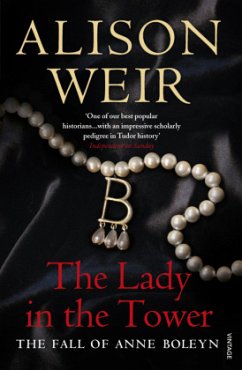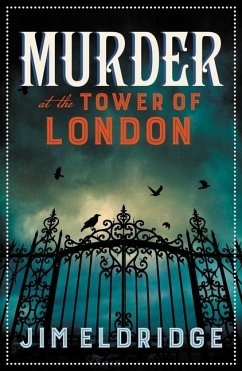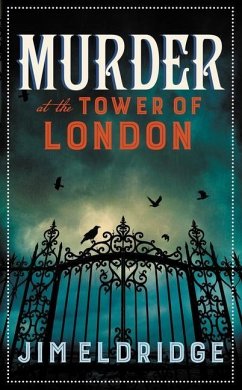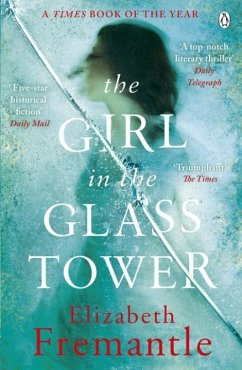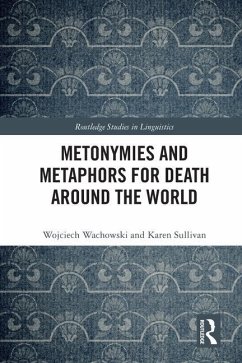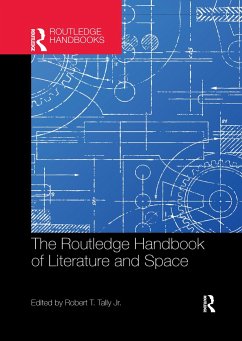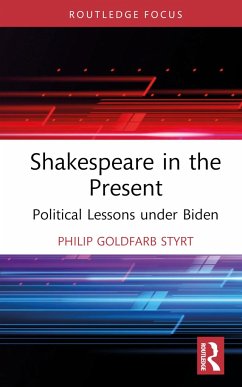
Reading Richard III and the Tower of London
Versandkostenfrei!
Versandfertig in 6-10 Tagen
138,99 €
inkl. MwSt.
Weitere Ausgaben:

PAYBACK Punkte
69 °P sammeln!
This is the first book on Richard III and the Tower of London, shedding new light on the King's reputation, the Castle's lore, and early modern literature's role in building associations between them. It is also one of the first books to integrate conceptual blending theory and spatial literary studies, empowering scholars and students to analyze literature and locations in new ways. This book fills gaps in the existing knowledge about both Richard III and the Tower of London. Neither literary nor historical scholarship has treated the process through which Richard III and the Tower became ass...
This is the first book on Richard III and the Tower of London, shedding new light on the King's reputation, the Castle's lore, and early modern literature's role in building associations between them. It is also one of the first books to integrate conceptual blending theory and spatial literary studies, empowering scholars and students to analyze literature and locations in new ways. This book fills gaps in the existing knowledge about both Richard III and the Tower of London. Neither literary nor historical scholarship has treated the process through which Richard III and the Tower became associated in the cultural and historical imagination and how such representations have shaped the King's reputation and the Castle's lore. This study analyzes this process while offering new understandings of Richard III as a literary character in prose, drama, and poetry and extending knowledge about the Tower as an iconic literary and cultural symbol.





